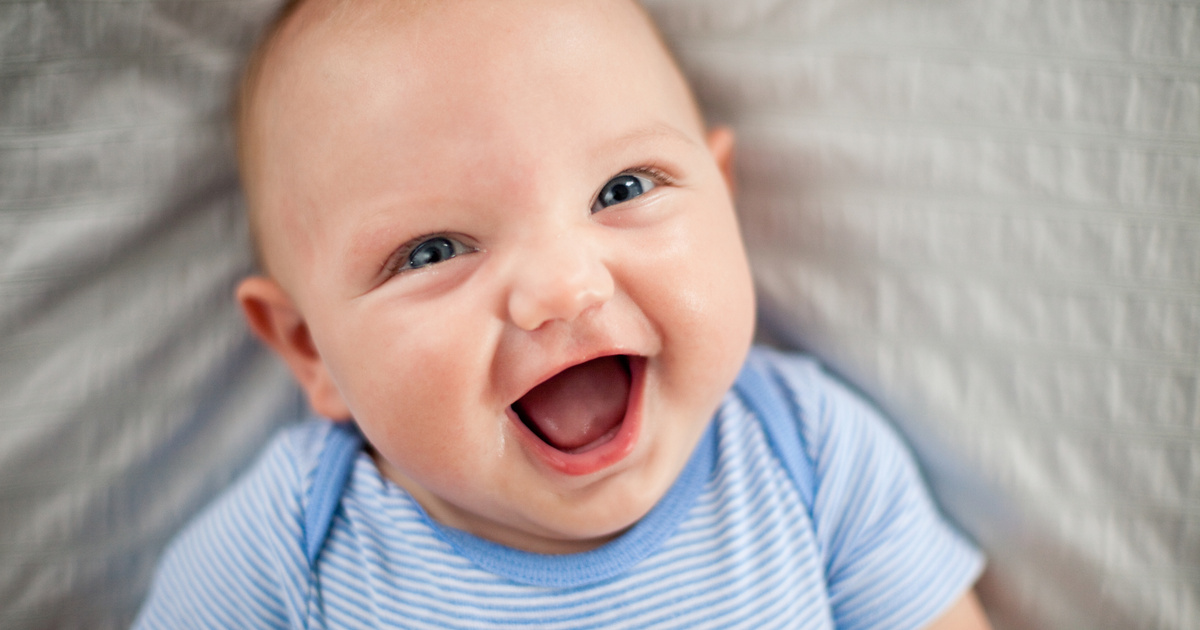According to Leiden University psychologists, infant laughter patterns are the same as those found in primates Biology LettersFrom a study published in
The process of laughter in adults primarily begins with inhalation, followed by the release of a loud and faint “hahahaha” sound. On the other hand, babies also laugh while inhaling and exhaling.
The monkey’s laughter is hard to explain, but the point here is the switching of “huh-ha-huh-ha” sounds.
Professor Mariska Krett, study author, explains.
Of course, young chicks do not match all types of primates, but rather the species closest to us in terms of tribal evolution, chimpanzees and pygmy chimpanzees.
For the research, Krett presented the laughter of children aged three to eighteen months to volunteers who had to rate the proportion of laughter contained in the inhale. Each of the hundreds of respondents found that children also laugh while inhaling. This was also confirmed by proper analysis.
Participants also had to rate laughter which they found enjoyable or contagious. The results showed that exhaled laughter was more positive. Laughing is louder and more manageable as you exhale, allowing babies to communicate better when they like something.
Krit was already researching the evolution of the release of the human voice, like crying. He is currently researching the extent to which orangutans, gorillas, and humans mimic the laughter that occurs in their environment.
(CNN)












































